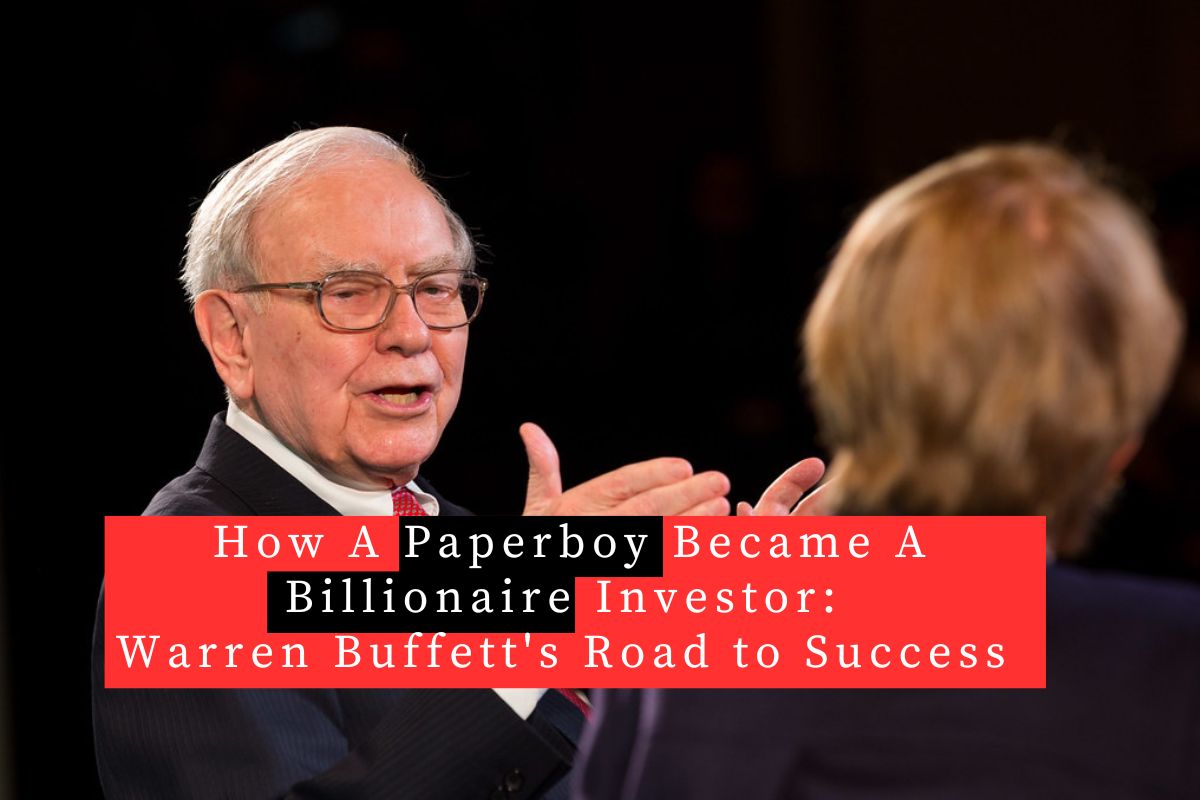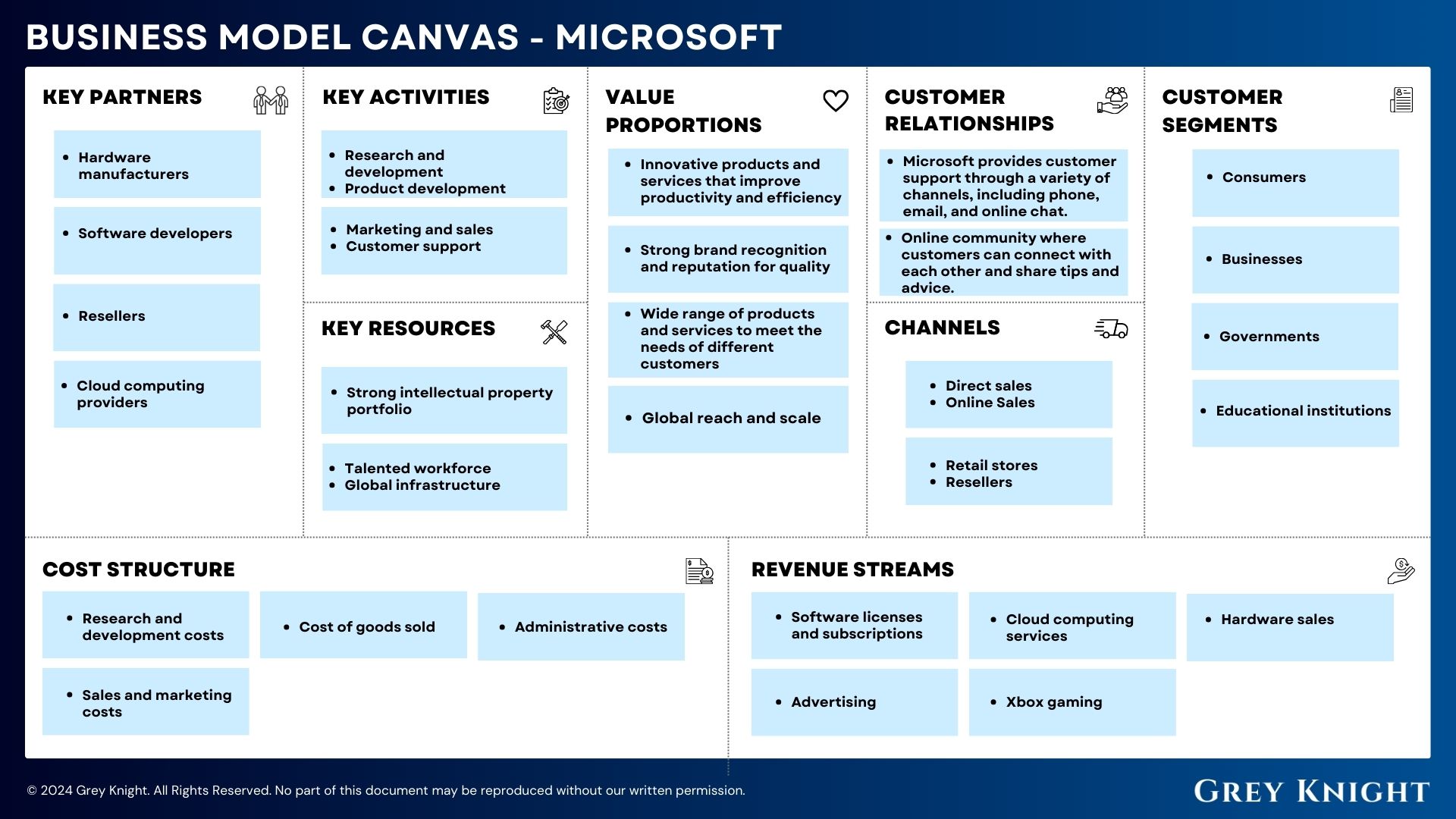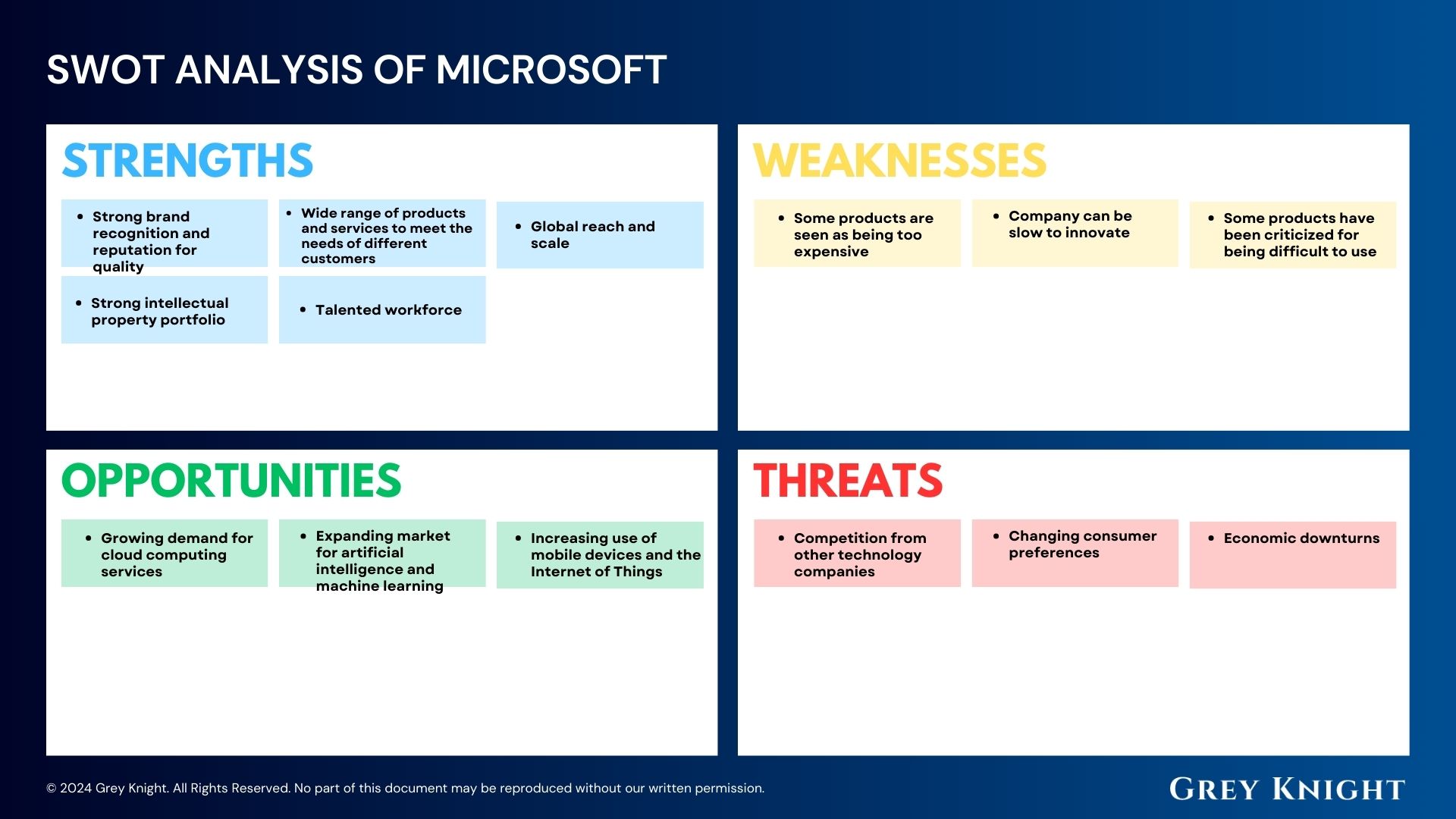Warren Buffett, the patron saint of investing, is revered by many for his exceptional ability to consistently win on the stock market over a half-century. Buffett is one of the richest men alive, not by innovative technology or inheritance, but by his investing acumen. In this article, we will delve into the story of how Warren Buffett became a self-made investing billionaire and the association of his immense fortune with Berkshire Hathaway.
Table of Contents
ToggleEarly Life and Business Ventures
Buffett was born in Omaha in 1930, right when the Great Depression began. His father was a local stockbroker, Howard Buffett, who provided for the family despite the stock market crash, as he was a smart businessman. Once the economy started recovering, Howard’s career took off, and he even won an election in Congress in 1942 as a Republican.
Amidst his father’s rise in politics, Warren moved to Washington DC, where he spent his days doing math, reading investment books in his father’s study, and feeling lonely. This period instilled in Warren the ambition to become rich, and he started playing on the stock market before even finishing high school, buying a couple of shares here and there to test the waters.
Buffett tried nearly every business venture he came up with, buying six-packs of Coca-Cola and selling them to his fellow students at a markup. His first real job was delivering the Washington Post around his neighborhood in 1944. That year, the 14-year-old Warren filed his first tax return, featuring a $45 deduction for his bicycle and watch. With the money he made delivering newspapers, he purchased pinball machines, which he would place in stores around the neighborhood.
College Years
In 1948, Howard lost his re-election campaign, and the family moved back to Omaha. Warren sold his pinball business in Washington DC for a little over a thousand dollars and used that money to buy a 40-acre farm, which he rented out. Warren used the farm’s rent to pay his way through the University of Nebraska, where he got a Bachelors in Business Administration.
Buffett applied to the Harvard Business School when he was 19 but was rejected, so he attended the Columbia Business School. There he met a teacher, Benjamin Graham, who would change his life forever. Graham was the father of value investing and had published his magnum opus, the Intelligent Investor, in 1949. In this book, Graham outlined a step-by-step guide on how to invest successfully and consistently without speculating. His approach was finding decent companies at bargain prices, essentially finding a $1 stock that was trading at 50 cents. Buffett fell in love with this method and quickly became one of Graham’s favorite students.
Investing Career
Just a few years after graduating, Warren went to work for Graham at his investment company. There, Warren mastered the art of security analysis, learning how to see the real value of a company just by glancing at its numbers. However, Graham retired just two years later, closing down his company and leaving Buffett on his own.
At that time, Buffett had saved up $175,000, which he used to start a partnership where he could apply Graham’s method. He started looking for companies that were essentially cigarette butts: undervalued by the market, still good for one more puff. His early investments followed the same philosophy and unsurprisingly outperformed the stock market by a factor of four.
Acquiring Berkshire Hathaway
In January 1962, at 32 years old, Warren had officially become a millionaire, just two years after he had promised to jump off a building. That very same year Warren encountered a textile manufacturing company called Berkshire Hathaway. It was struggling to stay afloat, but Buffett saw the potential in the company’s financials. He started buying up shares in the company and by 1965, he had acquired a controlling interest. Buffett’s approach to running Berkshire Hathaway was unique. Instead of dismantling the company and selling off its assets, he invested in the business, acquiring other textile mills to increase efficiency and productivity. However, he eventually realized that the textile industry was dying, and in 1985 he decided to shut down Berkshire Hathaway’s textile operations completely.
Acquiring Berkshire Hathaway turned out to be one of the most significant decisions of Warren Buffett’s life. By 1965, he had taken control of the company and began to use it as a vehicle for his investing strategies. He first started buying shares in undervalued companies, and eventually shifted to acquiring entire companies.
Over the years, Berkshire Hathaway has grown into a massive conglomerate with holdings in various industries, including insurance, railroads, energy, manufacturing, and retail. Under Buffett’s leadership, the company has become synonymous with value investing, disciplined capital allocation, and a long-term investment approach. Today, Berkshire Hathaway is one of the most valuable companies in the world, with a market capitalization of over $600 billion as of 2022. Some of Berkshire Hathaway’s most successful investments include Coca-Cola, American Express, and Geico.
Benjamin Graham & Principles of Value Investing
Buffett has often cited his mentor, Benjamin Graham, as the primary influence in his investment philosophy. Graham’s principles of value investing, which emphasized buying undervalued stocks with a margin of safety, greatly influenced Buffett’s approach to investing. Buffett has also spoken about the importance of long-term thinking and being patient with investments.
Today, Berkshire Hathaway is a conglomerate holding company that owns a diverse portfolio of businesses in industries such as insurance, energy, railroads, and consumer goods. The company is known for its long-term investments in companies such as Coca-Cola, American Express, and Wells Fargo, which have contributed to its consistent growth and profitability over the years.
The Giving Pledge
In addition to his success in the business world, Buffett is also known for his philanthropic efforts. In 2010, he and Bill Gates launched The Giving Pledge, a commitment by some of the world’s wealthiest individuals to donate the majority of their wealth to philanthropic causes. To date, more than 200 individuals and families have joined the pledge, committing to give away a total of more than $500 billion.
Buffett’s life and career have made him an icon in the business world, and his investment strategies have been studied and emulated by many aspiring investors. His annual letters to shareholders are eagerly anticipated and widely read, and his wisdom and insights on investing and business have made him one of the most respected voices in the financial world.
Conclusion
In conclusion, Warren Buffett and Berkshire Hathaway are an inspiring success story in the world of investing. Buffett’s ability to consistently beat the stock market has made him a legend, and his unique approach to running Berkshire Hathaway has transformed the company into one of the largest and most successful conglomerates in the world. His investing style is based on the principles of value investing, which emphasizes long-term investing in solid companies that are undervalued by the market. Through his philanthropy, Buffett has also shown that wealth can be used for good, and he continues to inspire generations of investors to this day.
TL;DR
Warren Buffett, one of the richest men in the world, is known for his exceptional stock market investments. He is a self-made billionaire, who became interested in investing by reading books while in his father’s study. Buffett started buying shares and trying different business ventures from a young age, selling Coca-Cola and delivering newspapers, among other things. After studying business administration and being rejected by Harvard, he attended Columbia Business School, where he met Benjamin Graham, the father of value investing. Buffett went to work for Graham and learned how to see the real value of a company at a glance. When Graham retired, Buffett set up his own investment partnership and acquired a controlling interest in Berkshire Hathaway. Over the years, he transformed the struggling textile manufacturing company into a conglomerate that owns shares in various industries, including insurance, railroads, energy, manufacturing, and retail. Berkshire Hathaway is one of the most valuable companies in the world. The following are the key takeaways:
- Buffett was born in Omaha in 1930, right when the Great Depression began.
- His father was a local stockbroker, and his father’s rise in politics instilled in Warren the ambition to become rich.
- Buffett met Benjamin Graham, the father of value investing, at the Columbia Business School, and quickly became one of his favourite students.
- Buffett went to work for Graham at his investment company, where he learned how to see the real value of a company at a glance.
- After Graham retired, Buffett set up his own investment partnership, where he applied Graham’s investment method and looked for companies that were undervalued by the market.
- In 1962, he encountered a textile manufacturing company called Berkshire Hathaway, which he acquired a controlling interest in, and started using it as a vehicle for his investing strategies.
- Berkshire Hathaway has grown into a massive conglomerate with holdings in various industries.
- Some of Berkshire Hathaway’s most successful investments include Coca-Cola, American Express, and Geico.
- Buffett’s investment philosophy is heavily influenced by Benjamin Graham’s principles of value investing, which emphasized buying undervalued stocks with a margin of safety.
Further Reading and Sources:
Berkshire Hathaway Letters to Shareholders 1965-2021
Additional Resources
To keep learning and advancing your career, we highly recommend these additional resources:
7 Financial Models Used by Investment Bankers












